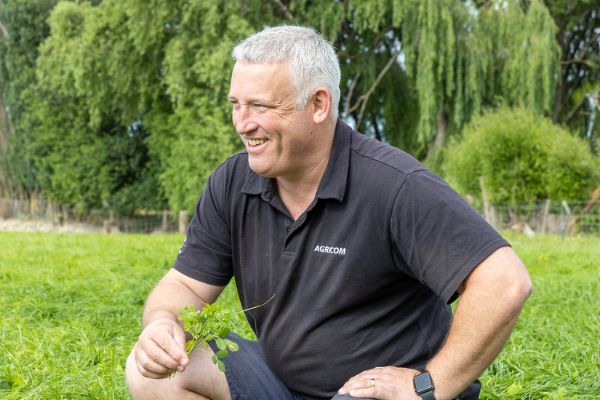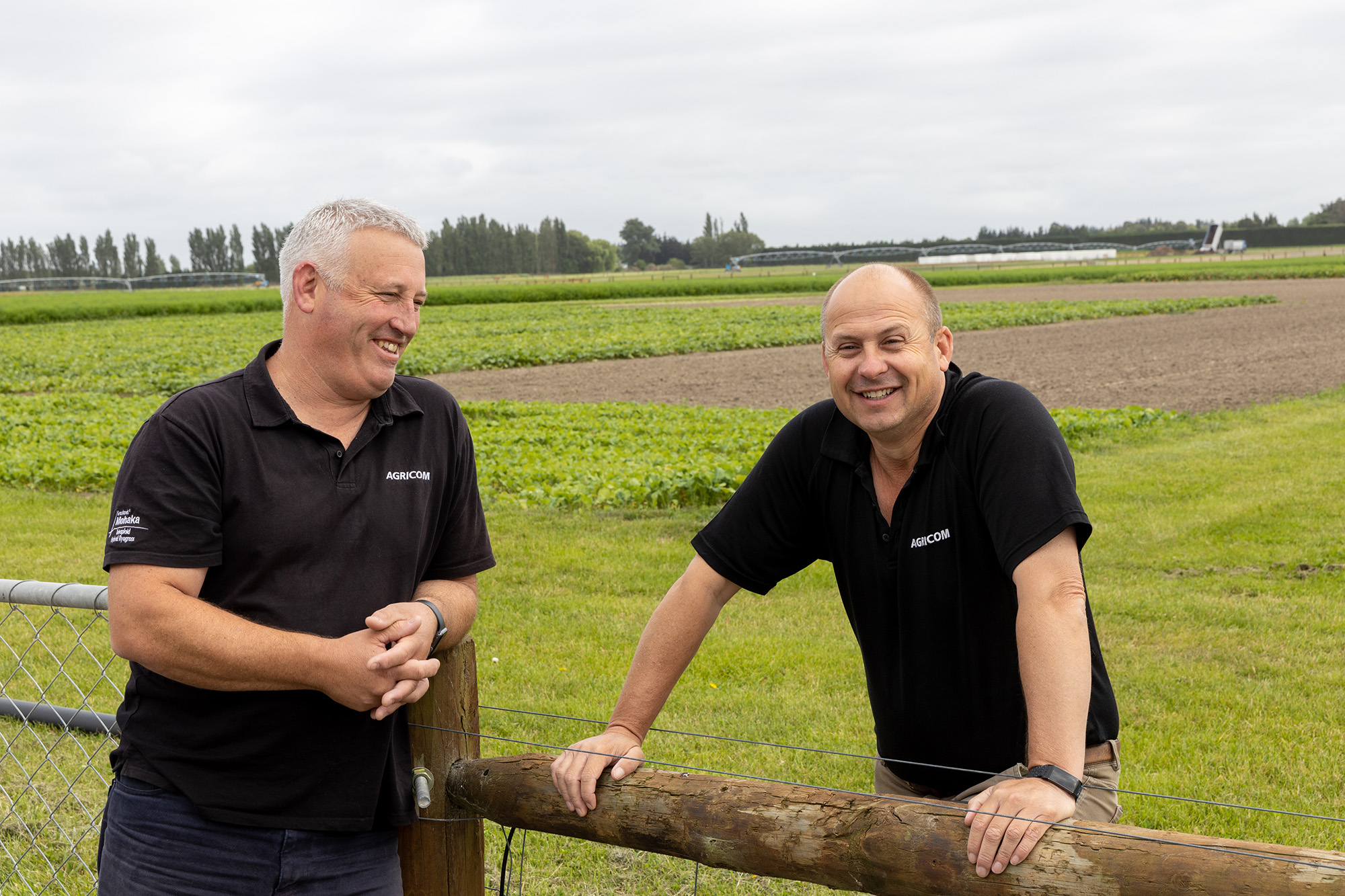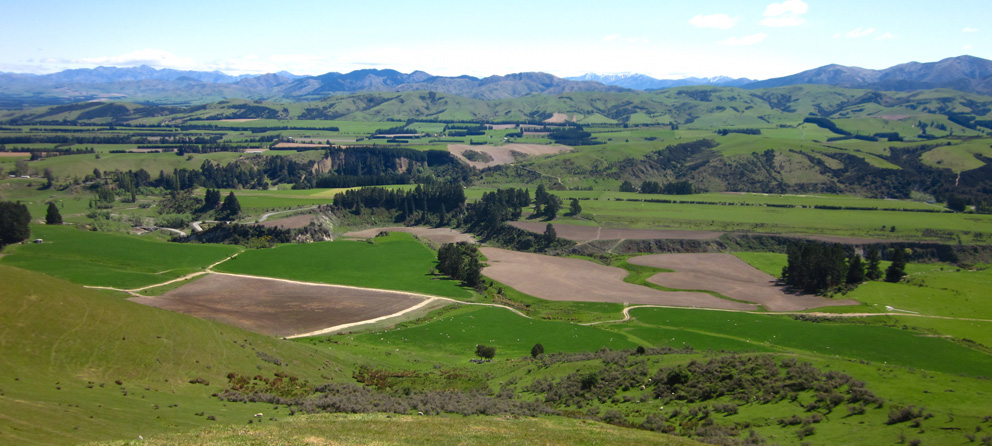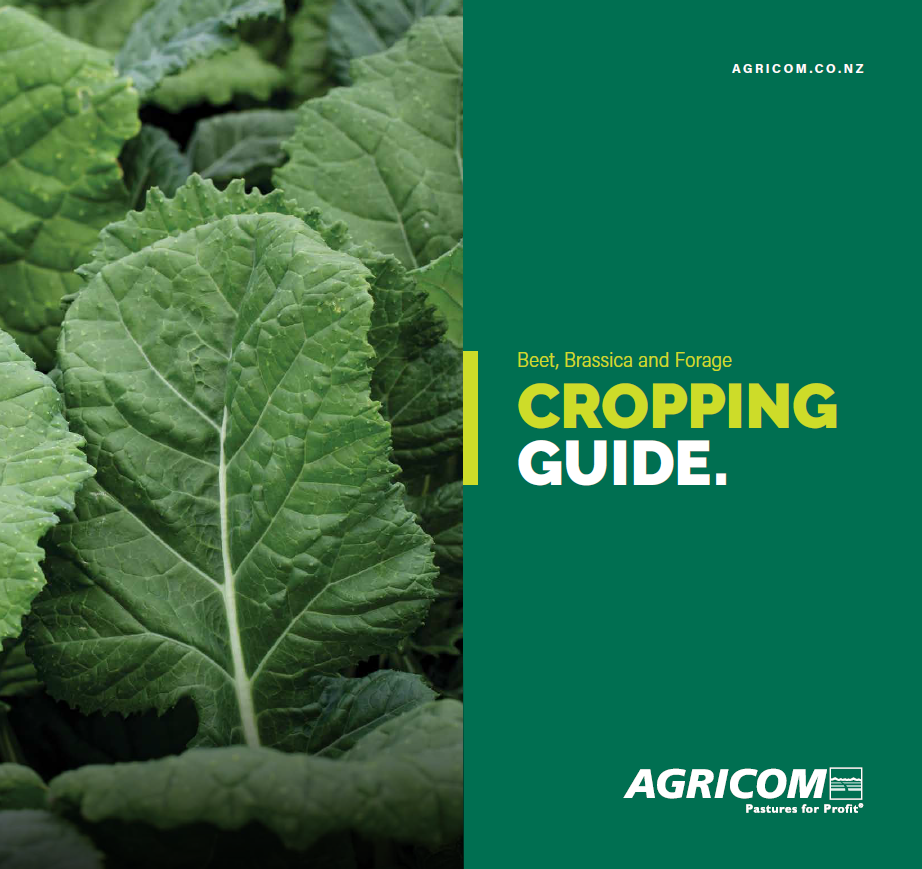
Grow with
confidence
with Agricom.
Grow with
confidence
with Agricom.
Beef Finishing - Upper North Island
Beef Finishing - Upper North Island
Beef finishing systems tend to be based around the age of the animals with rising 1-year olds (R1s) and rising 2-year olds (R2s) having slightly different demands for growth due to their developmental stage. This can be further defined by the primary growing seasons of spring to autumn and wintering.
Successful forage systems will aim to finish as many animals as possible before the second winter in the most cost-effective way.
There are two major influences on the ability of this system to be profitable and achieve finished weights before the second winter:
- As with all finishing systems, regardless of forage use, buying and selling prices often define profitability in any one year, meaning winter and summer forages can end up being a fixed cost inside this equation
- The age and quality of stock will also greatly influence the ability to finish an R2 before the second winter. Expectations need to relate to the birth age and range and the potential of the genetics
*When sowing grass in the Upper North Island, it is essential that a cultivar with AR37 endophyte is selected, as insect pest pressure in this region is extensive.
GROWING SEASON OPTIONS
SPRING, SUMMER AND AUTUMN
Perennial pasture
- Perennial pasture options are often the most cost-effective. Include a perennial ryegrass such as Three60, Hummer MaxP® or Haven MaxP® tall fescue and Savvy cocksfoot in mixes with legumes and herbs that are suitable for cattle finishing through spring, summer and autumn
Short term pastures
- Short term pastures have a strong role in a rotationally grazed cattle system, these options can include Manta AR37 Italian, Mohaka AR37 tetraploid perennial ryegrass and Atom prairie grass
- These grasses are often sown with Relish red clover, Ecotain® environmental plantain and Choice chicory and are particularly useful for R1 cattle
Summer cropping
- Summer cropping options for dryland summer environments suitable for beef finishing include Mainstar and Spitfire rapes and Choice chicory.
WINTERING OPTIONS
Brassica
- One of the primary beef wintering options is SovGold kale. However, in cooler and summer wet environments, growing Triumph and Massie swedes for beef finishing is also a good option
Fodder beet
- Fodder beet, such as Jamon and Feldherr are a useful tool to feed many animals throughout the winter. R1’s require supplements with a high protein level where R2’s have less of a requirement for protein, though supplementation is still required
Short term pasture
- Short term pastures as described for spring to autumn use are also excellent for wintering R1’s as they often do less damage on these pastures than R2’s
Cereal
- Oats is often used for autumn sown winter feed for finishing cattle, Milton oats is highlysuitable for R2’s while Coronet oats is ideal for R1 cattle
- A mix of Milton oats and Jivet annual ryegrass is an excellent mix for wintering R1 cattle providing significant regrowth potential if well managed
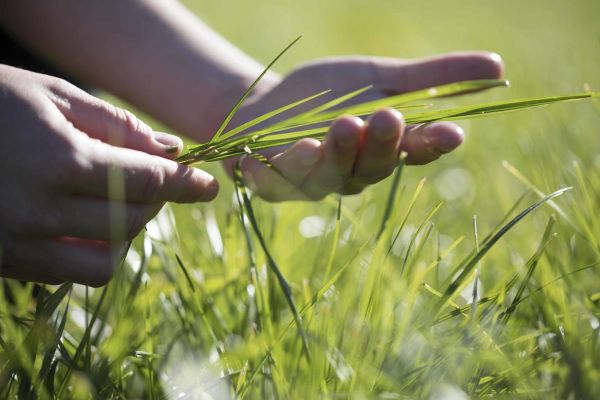
Management Advice
Learn More